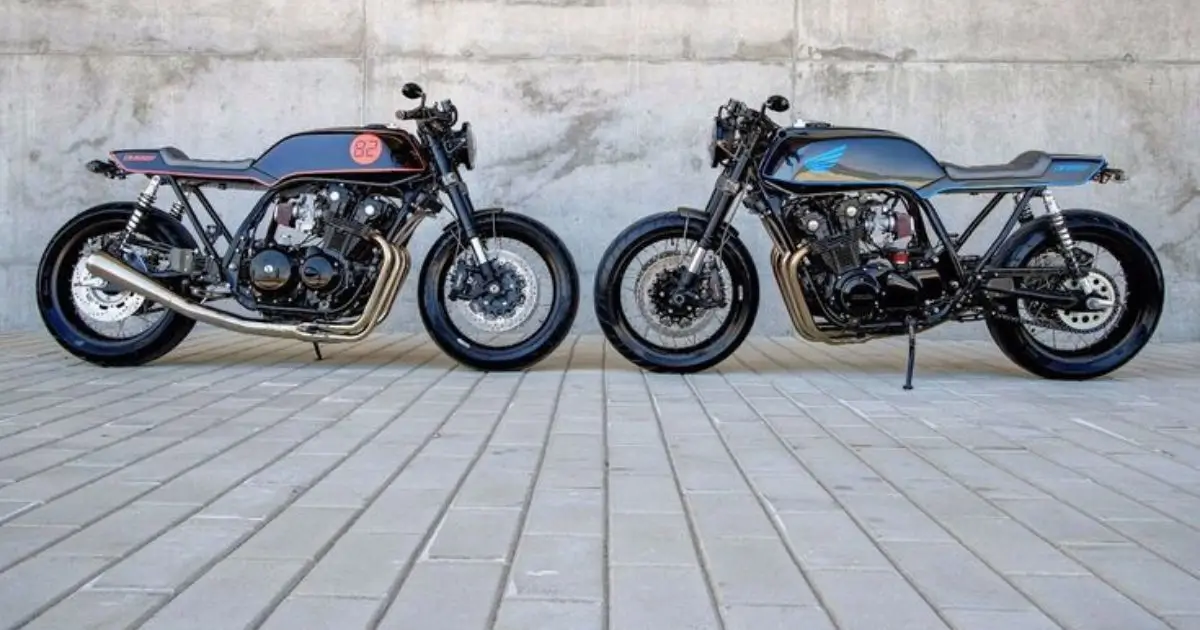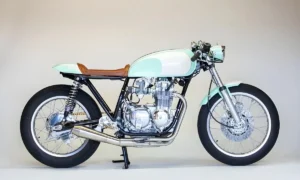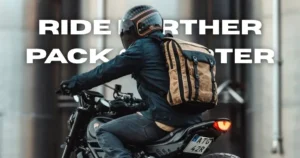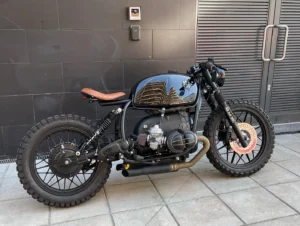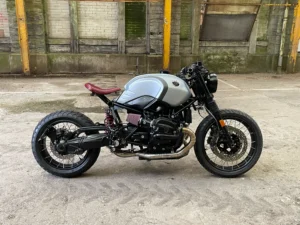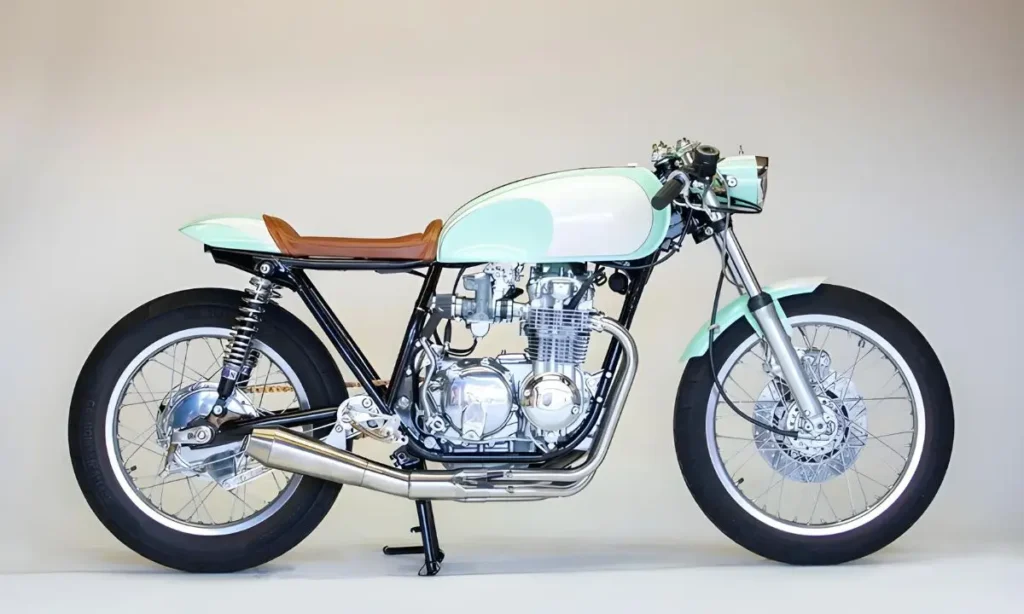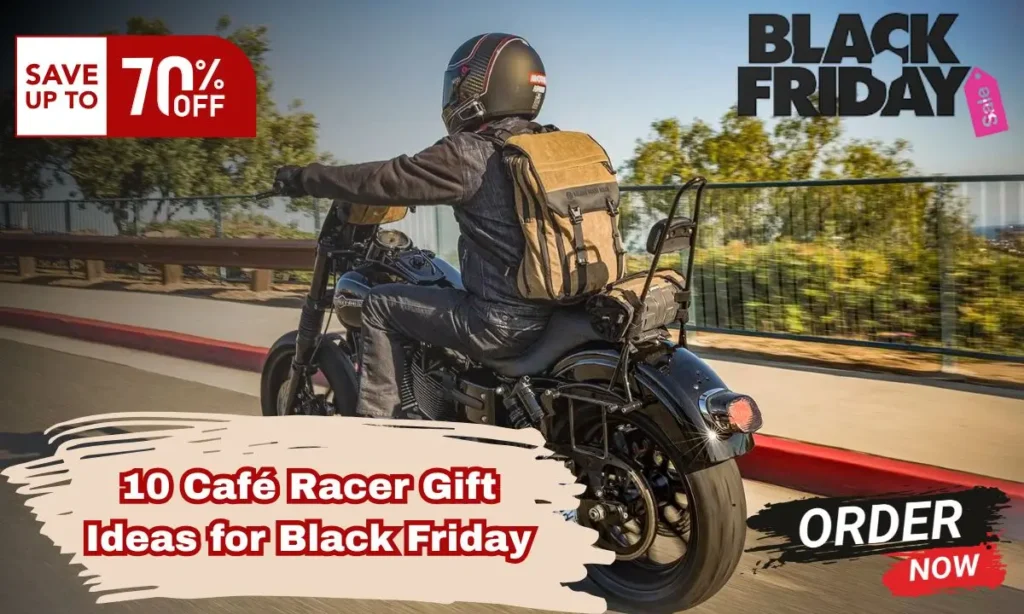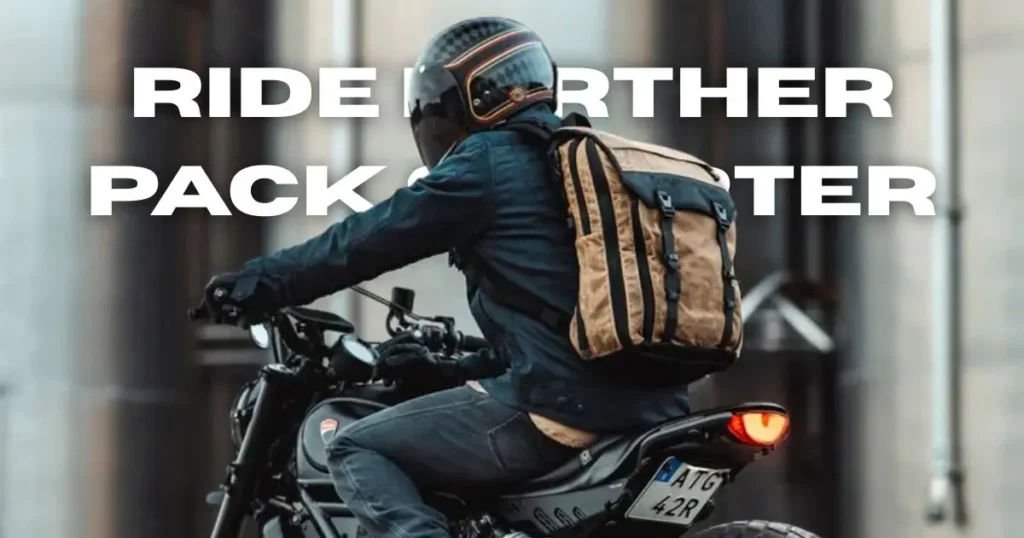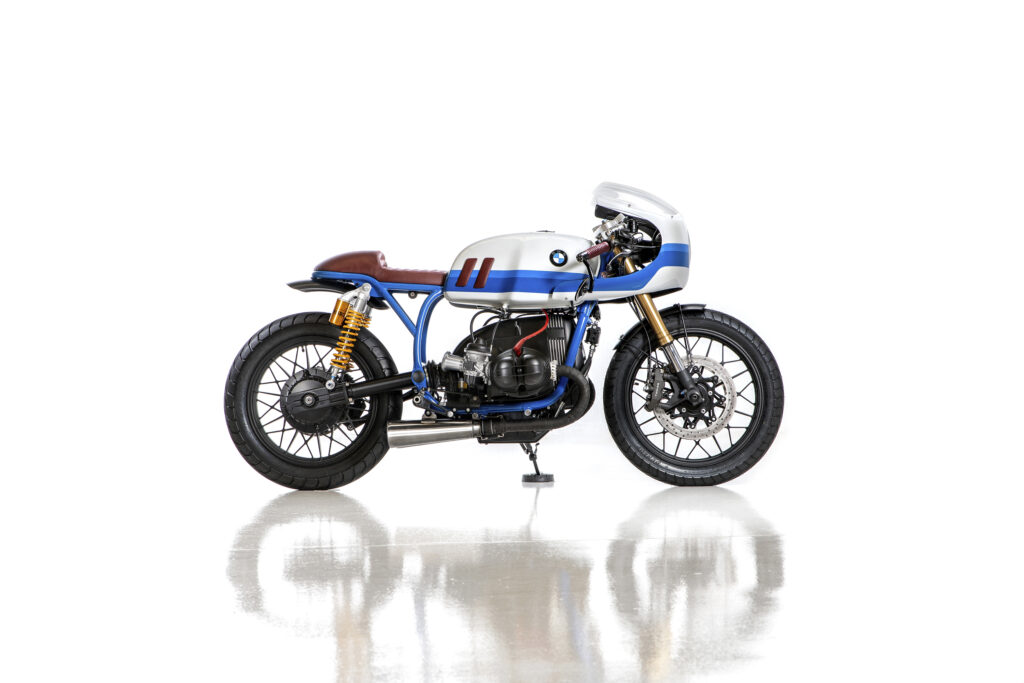Table of Contents
ToggleThe Honda CB900F cafe racer represents a true blend of speed, style, and mechanical craftsmanship. First introduced in the late 1970s, this motorcycle built a strong reputation in the world of classic performance bikes. Its powerful inline-four engine, rigid chassis, and timeless design have made it a popular platform for custom builds even today.
Riders and builders appreciate the CB900F for its reliability, smooth power delivery, and wide potential for customization. Many enthusiasts choose to transform the Honda CB900F into a cafe racer, combining vintage character with modern upgrades.

In this article, we will take a closer look at the Honda CB900F cafe racer, exploring its history, customization options, key modifications, and performance improvements.
What Makes the Honda CB900F a Cafe Racer Favorite?
The Honda CB900F entered the market in 1979. It was designed to compete with the powerful European motorcycles of its time. Honda wanted a bike that could dominate both street and track. The CB900F quickly gained respect for its speed, durability, and smooth ride. Its place in motorcycle history comes from offering superbike performance with Japanese reliability. This background makes it a top choice today for custom cafe racer projects.

Performance Specs
The CB900F earned its reputation through strong technical specifications. Builders prefer it because of its robust engine and stable frame. Key specifications include:
- Engine: 901cc air-cooled DOHC inline-four
- Horsepower: Around 95 hp at 9,000 RPM
- Torque: Approximately 57 lb-ft at 8,000 RPM
- Transmission: 5-speed manual gearbox
- Top Speed: Around 135 mph (217 km/h)
- Front Suspension: Telescopic fork
- Rear Suspension: Dual shock swingarm
- Brakes: Dual disc front, single disc rear
- Dry Weight: About 485 lbs (220 kg)
Each of these features supports strong performance, smooth handling, and dependable power delivery.
Why Does the Honda CB900F’s Design Fit the Cafe Racer Style?

The CB900F has a classic and functional design that fits perfectly with the cafe racer style. Its long, straight frame allows easy modification without heavy structural changes. The fuel tank shape is aggressive but clean.
The exposed engine and simple side panels offer a raw, mechanical look that many builders seek. The overall design encourages creativity while preserving the bike’s natural balance and proportions.
How to Transform a CB900F into a Cafe Racer?

Frame Modification
The first step in building a Honda CB900F cafe racer is adjusting the frame. Builders often cut and loop the rear subframe to create a clean, minimalist look.
This modification makes space for a cafe-style seat and improves the bike’s overall proportions. It is important to ensure the frame remains strong and balanced after cutting.
Handlebars and Controls
Changing the handlebars is one of the first steps in building a proper cafe racer. Clip-on handlebars or low-rise clubman bars are the most popular choices. They lower the riding position and sharpen the bike’s silhouette.
A better riding posture also improves control and aerodynamics at higher speeds. Builders often replace the stock levers and switches with smaller, cleaner designs that match the bike’s stripped-back look.
Seat and Tail Section
The seat plays a major role in shaping the look of a Honda CB900F cafe racer. Builders usually replace the large factory seat with a solo seat and a rear cowl, often known as a bump stop.
Some craft their own custom seat, while others use aftermarket kits designed for cafe racer builds. A slimmer seat sharpens the rear profile and brings out the bike’s natural, lean stance.
Suspension Upgrades
The stock suspension on the Honda CB900F feels outdated by today’s standards. The original setup was built for comfort more than sharp handling. Upgrading the front fork internals improves stability during cornering.
Replacing the rear shocks brings better control, especially under hard braking and acceleration. Many builders also lower the ride height slightly to achieve a stronger cafe racer stance without making the bike unstable.
Exhaust Systems
A high-performance exhaust system improves both looks and sound. A four-into-one exhaust setup is a popular choice for CB900F cafe racers.
Systems like those from Vance & Hines offer better flow, less weight, and a deeper exhaust note, matching the bike’s aggressive image.
Carburetion
Many builders upgrade the carburetors to bring out more power from the engine. Popular choices include Keihin CR and Mikuni 34mm flat slide carbs.
These options improve how the engine mixes air and fuel, giving a quicker throttle response and smoother power delivery across the entire rev range.
What Are the Challenges in Building a CB900F Cafe Racer?

Parts Availability
Parts for a Honda CB900F cafe racer are often hard to find. Most original components disappeared from production years ago. Builders usually rely on private sellers, online auctions, or vintage shops to track down rare parts.
Aftermarket options exist, but many require extra work to fit properly. Careful planning at the start of the project helps avoid delays later.
Technical Hurdles
The CB900F cafe racer project requires solid mechanical knowledge. Builders must upgrade the braking system, modify the electrical wiring, and adjust the suspension for better handling. Some frames also need extra reinforcement after the rear section is modified.
Mistakes can easily affect both safety and ride quality if not handled properly. Many enthusiasts work with experienced technicians when the project demands higher technical skills.
Balancing Aesthetics and Functionality
A Honda CB900F cafe racer must look good and perform well. Too much focus on style can weaken reliability.
Too much focus on performance can ruin the vintage look. Builders must carefully select parts and designs that maintain the bike’s balance.
Every choice, from seat shape to exhaust length, must improve both form and function at the same time.
Iconic Honda CB900F Cafe Racer Builds
1. “Tokyo Nights” by James Berreau
James Berreau’s “Tokyo Nights” takes the Honda CB900F to a whole new level. This custom build blends high-performance parts with vintage charm. It features Showa inverted forks from a Kawasaki ZX-10R, an Öhlins TTX rear shock, and a Triumph Daytona 675R swingarm.

The braking system is equally impressive, using EBC rotors, Nissin calipers, and a Brembo master cylinder. Berreau also reshaped the fuel tank, combining the top half of a CB400F with the bottom of the original CB900F.
The result is a bike that looks sharp and original. Every part shows careful attention to detail. Still, the heavy use of modern upgrades might not appeal to builders who prefer a pure, classic cafe racer look.
2. “The Evil Twin” by Rob Chappell (Origin8or)
Rob Chappell’s “The Evil Twin” is a smart and clean take on the CB900F cafe racer. It strikes a balance between performance upgrades and classic style. The build features a de-tabbed frame, a custom fiberglass tail, and a freshly powder-coated engine.

Chappell decided to keep the stock airbox, choosing reliability over the tuning challenges that come with pod filters.
Every change feels deliberate and respectful to the bike’s original character. The result is a cafe racer that looks sharp, rides strong, and stays true to its roots.
3. “SS” and “Blue Angel” by Sylvain Carignan
Sylvain Carignan’s “SS” and “Blue Angel” builds show a deep focus on precision and style. Both bikes stand out with clean lines and careful attention to every detail. Carignan’s work highlights how important visual balance and mechanical quality are when building a great cafe racer.

While there isn’t much public information about the exact technical upgrades, the final look of both bikes speaks for itself. They offer strong inspiration for anyone who wants to create a cafe racer that feels complete, polished, and true to its spirit.
How Does the CB900F Compare to Other Cafe Racer Platforms?
Versus CB750 and CB1100
The Honda CB900F offers a stronger performance base compared to the CB750. While the CB750 is lighter and easier for beginners, the CB900F delivers higher horsepower and a more stable ride at high speeds.
The CB900F’s larger engine provides better acceleration and endurance on longer rides. In contrast, the CB1100 is more modern, featuring electronic fuel injection and better braking systems.
However, the CB1100 is heavier, which makes it less agile for classic cafe racer builds. The CB900F remains a middle ground between vintage appeal and raw power, offering more flexibility for serious custom builders.
Is the Honda CB900F Better Than Its European Rivals?
When compared to European classics like the Kawasaki Z1 and BMW R-series, the Honda CB900F shows clear advantages in reliability and cost of maintenance.
The Kawasaki Z1 is known for its iconic status and similar engine strength but can be more expensive to restore or modify. BMW R-series bikes provide excellent touring comfort and shaft drive systems, but they lack the aggressive stance and frame geometry preferred for cafe racer conversions.
The CB900F gives builders a durable, high-performance platform with fewer technical compromises, making it one of the best Japanese options for a serious cafe racer project.
Tips for Prospective Builders
Budgeting
Building a Honda CB900F cafe racer takes careful budgeting from the start. Costs can rise fast, depending on the parts you choose and how much custom work you plan. A simple build with basic upgrades often starts around $3,000.
Full restorations with custom paint, premium components, and modern performance upgrades can easily pass $10,000. Setting a clear budget early helps avoid delays, unexpected costs, and compromises later in the project.
Community Resources
Many online communities offer valuable support for CB900F cafe racer builders. Forums like SOHC4.net, Reddit’s r/CafeRacers, and Facebook groups provide advice, troubleshooting help, and build inspiration.
Experienced members often share detailed build threads, parts lists, and modification tips. Joining these communities allows builders to avoid common mistakes and stay motivated throughout the project.
How to Choose the Right Honda CB900F for a Cafe Racer Project?
Selecting a good Honda CB900F as a starting point saves time and money. It is important to check the bike’s frame for cracks, rust, or repairs. A running engine is preferable but not essential if the builder plans a full rebuild.
Clean paperwork, matching engine and frame numbers, and complete electrical components are strong signs of a worthwhile donor. A solid base reduces the complexity and cost of the overall build.
Conclusion
The Honda CB900F stands as one of the most reliable foundations for building a true cafe racer. Its strong engine, stable frame, and timeless styling make it a top choice for custom motorcycle builders.
The balance between raw performance and classic design allows the CB900F to evolve without losing its original spirit.
Turning a CB900F into a cafe racer requires more than just mechanical skill. Careful planning, attention to detail, and smart execution are essential at every step. From modifying the frame to tuning the engine, each part of the process shapes the bike’s final character.
Today’s availability of aftermarket parts and a supportive builder community also makes the journey more accessible to passionate enthusiasts.
For anyone seeking a meaningful cafe racer project, the Honda CB900F offers more than just a platform. It delivers a chance to create something personal, powerful, and deeply connected to motorcycling history. In the right hands, this bike is ready to carry a fresh story of speed, style, and individuality.

